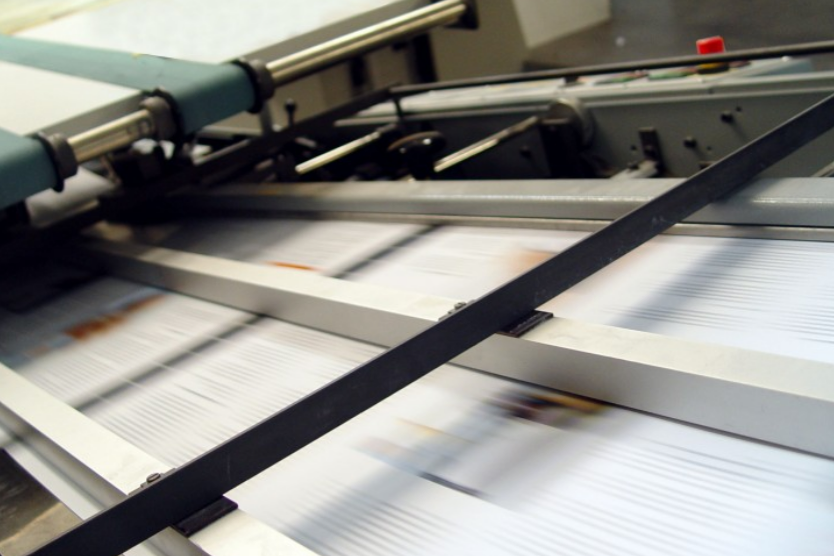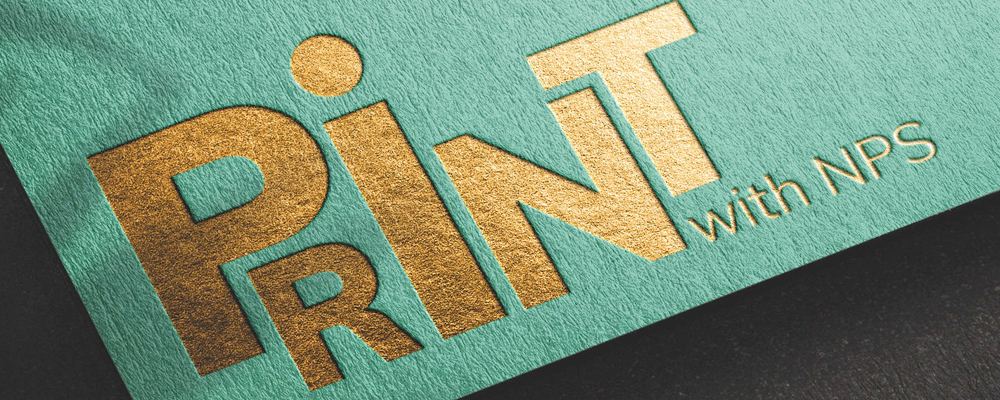The Importance of Bleed When Designing Print Materials
Northern Print Solutions want to explain how bleed in printing projects affect a final design and ensure that you know just how to set up the bleed area for your artwork.

To those that don’t know much about printing and how designs for print work, the bleed area refers to the area of space around your design that will be trimmed by the printer when it comes to the final print.
This may not seem like a huge task but it is incredibly important to get this spot on as it will majorly impact how your final print will look.
The main reason for including bleed on designed printed materials is to avoid the white strips which run around the edge of your print, like they do on standard prints in the office.
White strips can occur because of movement during the printing process of your final document. If you’re printing official documentation, brochures, leaflets or similar you want high end quality, which is why you don’t want unsightly, amateurish white strips. They will instantly cheapen your product in the eyes of your customer.
A bleed area becomes instantaneously more important when we’re talking about background images and colours on print work. Ensure that they run into the bleed area so that you aren’t left with white strips on your work, if the product moves during the printing process.
It is also worth putting significant importance on the bleed area when you’re working with text on a brochure or flyer. Large headings can be impacted by the bleed area too, so ensure that your heading text appears tight to the side, so if the bleed area has an effect on the final print, your text won’t look like it’s ‘jumping off the page’.
Sizing Guide
There is a general rule of thumb within UK printing agencies that a bleed area is 3mm on each side, but it varies in the US and Europe. You must take into account the bleed area on all four sides when calculating the total bleed area for your document, so you will be adding both length and width to your initial page.
Remember to only let your background spread into the bleed area and keep all other content in the main frame of your document.
If you’re designing your project yourself ensure that you apply the bleed to the document before you start. Adobe software makes this particularly easy to do. Most design agencies understand the bleed process, but double check – or you could be paying heavily for their error in re-printing costs.
TIP: Trade Print Solutions will proof your document and ensure that bleeds, margins and other typical print requirements are correct before printing.
Remember that there is a difference between the bleed area and the margin. Margins are a good indicator of the space you have to work in and can improve the look of your final print. Although there are no rules for margin sizes – and you don’t even need to include one if you don’t wish to – they are typically either 3mm, 5mm or 10mm.
